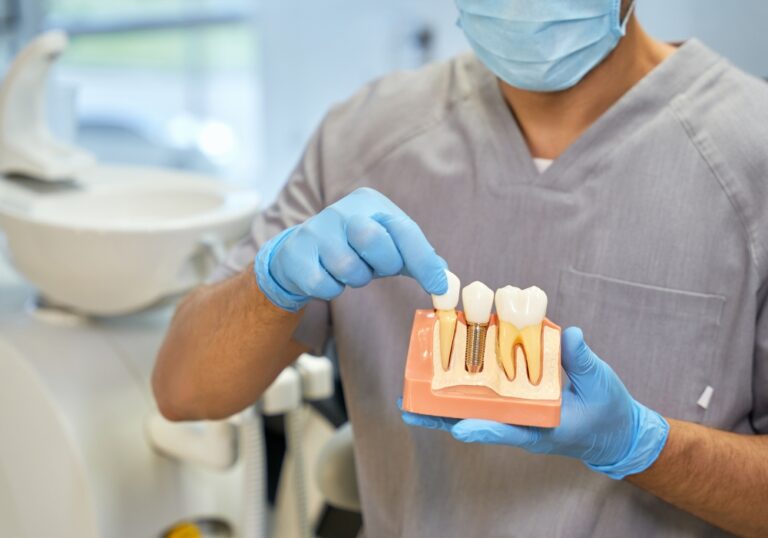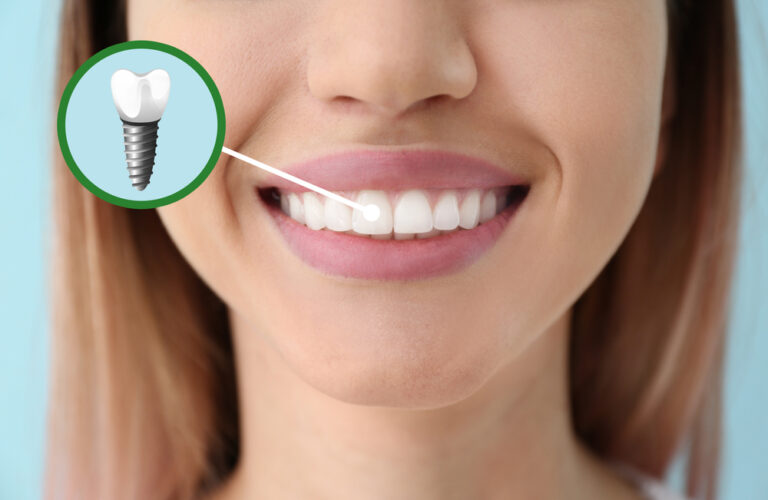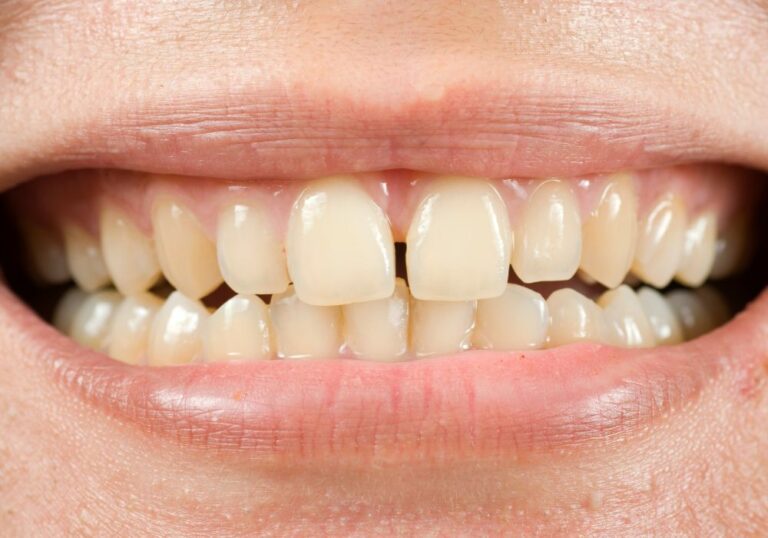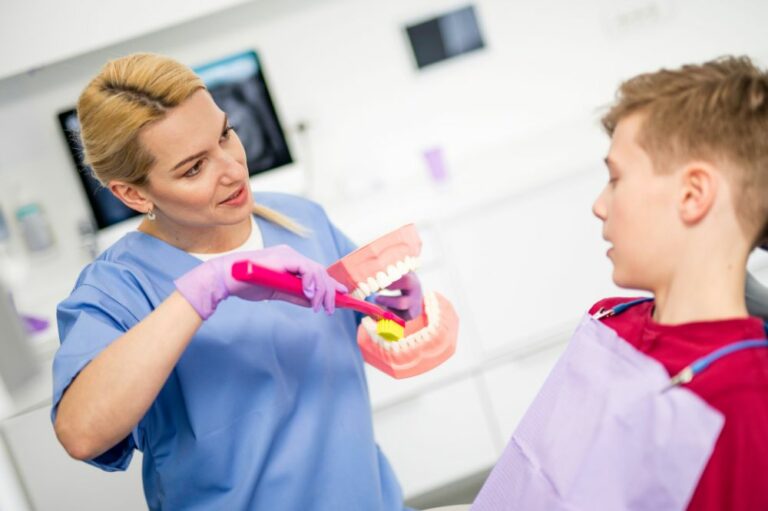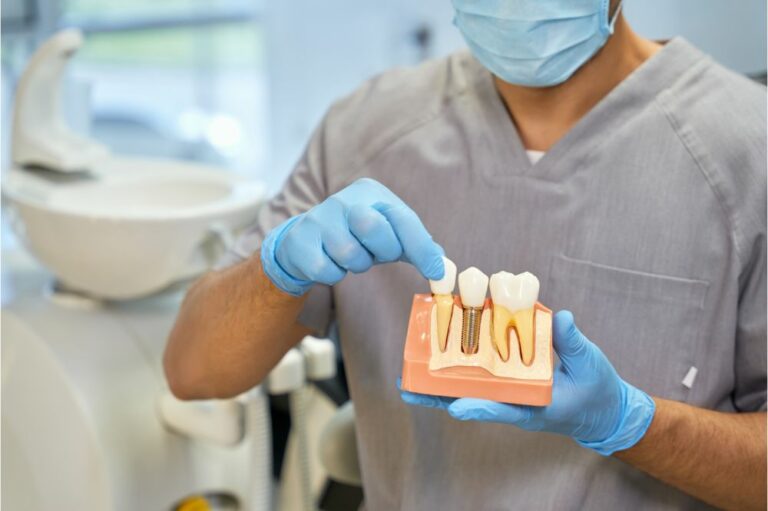Introduction to teething and fevers in babies
Teething is a normal developmental process that all infants go through as their first teeth emerge, typically beginning around 6 months of age. As infants’ teeth break through the gums, it causes symptoms like gum swelling, biting, drooling, and fussiness. Many parents also wonder if teething can cause fever in babies.
Slightly elevated temperatures under 101°F can sometimes accompany teething. However, true fevers over this temperature are not directly caused by teething and may indicate an illness requiring medical attention. This article explores the links between teething and fever, warning signs of more serious fevers, and home remedies to manage mild fevers and teething discomfort.
How teething can lead to mild fever
While teething does not directly trigger high fevers, the discomfort and inflammation of teething can contribute to mild temperature elevations under 101°F through a few different mechanisms.
Localized gum inflammation
As the teeth cut through the gums, it causes swelling and inflammation in the localized area. The body releases proteins called cytokines in response to this irritated gum tissue, which can raise the body’s temperature slightly, similar to a localized fever response.
Dehydration from decreased fluid intake
Babies may drink less breastmilk or formula when eating and drinking causes pain in the swollen gums. Mild dehydration impairs the body’s ability to regulate temperature, allowing the temperature to rise.
Increased activity and crying
Some babies may become more active and fussy due to teething pain, moving around more frequently which generates body heat through activity. Excessive crying can also warm the body.
Facial flushing
Localized blood flow increases around the irritated gums, causing redness in the face that gives the appearance of a fever, even when the true core temperature is normal.
Impact on sleep
Disrupted sleep cycles due to teething discomfort can interfere with temperature regulation. Lack of sleep prevents the body from cooling down properly at night.
So while teething does not directly cause high fevers, the associated inflammation, dehydration, activity, flushing, and sleep disruptions of difficult teething can lead to mild elevations in temperature under 101°F in some babies. However, fever above this level indicates another source of infection or illness.
Teething symptoms with and without fever
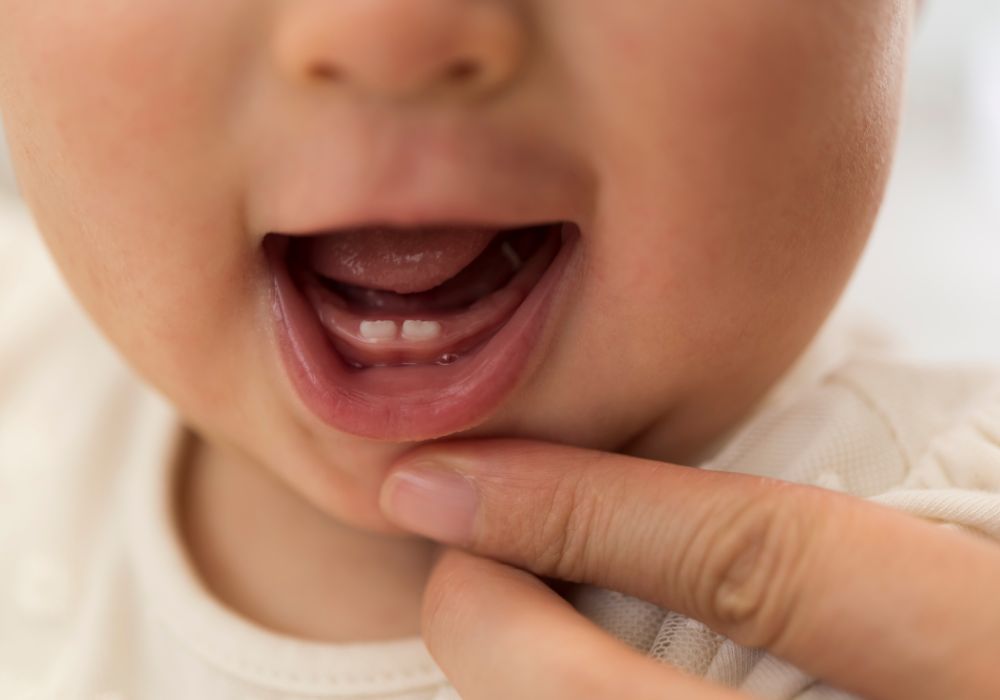
To determine whether your baby’s symptoms may be from teething versus another illness, compare symptoms with and without fever:
Teething symptoms without true fever:
- Irritability, fussiness
- Increased biting, chewing behaviors
- Drooling
- Mild temperature under 101°F
- Pink or flushed cheeks
- Swollen, tender gums
- Eating and playing normally otherwise
Teething with fever over 101°F:
- High fever over 102°F
- Persistent fever lasting over 3 days
- Extreme irritability, lethargy
- Additional symptoms like cough, congestion
- Decreased appetite or activity level
- Difficulty sleeping
- Vomiting, diarrhea
While teething causes disruptions on its own, babies with true illnesses and fever will appear much more unwell, with more systemic symptoms affecting appetite, activity level, and behavior. Contact your pediatrician promptly for evaluation of fever over 102°F or symptoms that appear more severe than simple teething.
Signs of teething versus other illness
Parents can look for these key signs that fever and other symptoms are likely caused by an illness unrelated to teething:
Fever over 102°F
Teething alone does not cause temperatures over 102°F. High fevers in this range indicate an infection or illness requiring medical attention. Even low-grade fevers over 101°F are unlikely to be from teething.
Fever lasting over 3 days
Fevers related to teething should resolve within a few days as the tooth breaks through the gum. Fevers persisting longer with no sign of tooth eruption likely signify infection rather than teething.
Additional symptoms
Look for other symptoms like cough, congestion, vomiting, diarrhea or rash that indicate illness. Teething mainly causes localized mouth symptoms.
Child acts very ill
Babies may become a bit fussy and disrupted from teething but still play and eat normally. Signs of lethargy, extreme irritability, or lack of appetite point to sickness rather than just teething.
Age under 4 months or over 24 months
The typical teething age is 4 months to 24 months. Fevers in babies younger than 4 months or older than 2 years are less likely to be from teething.
With any of these fever warning signs, contact your pediatrician for examination rather than assuming symptoms are from teething. Leaving infections untreated in infants can lead to serious health complications. It’s always better to have your pediatrician assess your baby when uncertain.
Home treatment for mild fever and teething discomfort
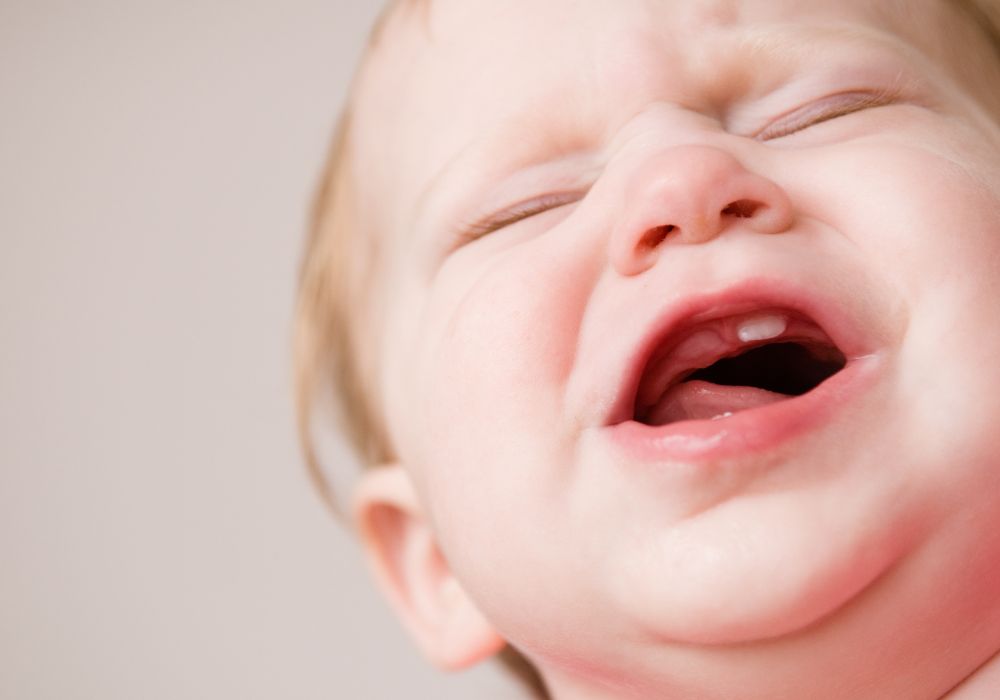
For babies with mild fussiness and temperature elevations under 101°F that are likely associated with teething, there are several ways parents can provide relief at home:
Increase fluid intake
Make sure baby is getting enough breastmilk or formula to avoid dehydration that can cause mild fever. Offer extra feedings and cold bottles or milk can provide soothing relief for irritated gums.
Massage swollen gums
Gently rub the gums with clean fingers or a cold wet washcloth to relieve pain and pressure.
Use gum numbing medication
Non-prescription oral gels containing benzocaine are available to temporarily numb gums for teething. Always follow dosage instructions carefully based on baby’s age and weight.
Give chilled teething toys or foods
The cold temperature helps reduce inflammation and swelling. Teething rings, wet washcloths, or pureed fruits can be chilled in the refrigerator for soothing relief.
Provide acetaminophen or ibuprofen
Children’s acetaminophen or ibuprofen (Advil, Motrin) may reduce fever and discomfort, with physician approval of correct dosing based on age/weight. Do not exceed recommended dosage.
Apply gentle pressure with teething toys
Chewing on teething toys applies counter-pressure to the gums which can reduce painful swelling and inflammation.
Offer soft, pureed foods
Skip hard, crunchy foods that could irritate tender gums. Try cold, soft purees, yogurt, applesauce and other easy-to-chew foods.
With attentive care and fever monitoring, parents can help babies cope with the discomforts of teething until the new tooth finally emerges. Contact your pediatrician promptly if symptoms appear more serious than simple teething.
Common parental concerns about teething and fever
Many parents have questions about the relationship between teething and fever. Here are answers to some frequently asked questions:
1. Can teething cause a fever above 100 degrees?
Teething alone does not directly trigger fevers above 100 degrees Fahrenheit. The localized inflammation and irritability from teething can sometimes cause temperatures to reach 100-101°F, but not higher. Elevated temperatures up to 101°F are generally still within the normal range for babies and are not considered medically worrisome on their own unless other fever symptoms are present. Consistent fevers above 101°F likely indicate another source of infection or illness unrelated to teething.
2. How long can fever from teething last?
Fever related to teething, often staying under 100°F, should only persist for a few days at most surrounding tooth eruption. Fevers continuing longer than 3-4 days without any sign of tooth emergence are unlikely to be from teething alone. Prolonged fevers, especially those over 101°F, warrant medical evaluation for possible infections which require treatment. Do not assume an ongoing fever is just from teething.
3. What temperature is a fever in a teething baby?
Doctors consider any temperature above 100.4°F (38°C) to be an actual fever in infants. However, during teething babies can sometimes run mild elevations between 100-101°F. True fevers over 101-102°F are very unlikely to be caused by teething alone and require investigation for illness. Contact your pediatrician promptly for temperatures over 102°F.
4. Can teething cause other symptoms like diarrhea or rash?
Diarrhea and skin rashes are not typical symptoms directly linked with teething. Teething causes localized irritation in the gums rather than widespread systemic effects. However, babies may experience loose stools from swallowing extra drool during teething, and some rashes can develop from drool contact with the skin. Significant diarrhea or unexplained rashes likely indicate illness rather than just teething.
5. Does teething make babies more prone to illness and fever?
Teething does not directly make babies more prone to catching infections and fevers. However, the drooling and hand chewing behaviors can increase transfer of viruses and bacteria into the mouth. Increased fussiness and disrupted sleep patterns may also lower resistance. So while teething itself does not cause illness, some associated behaviors may expose babies to more germs and lower immunity defenses.
When does teething fever require seeing a doctor?
Contact your pediatrician if baby has a fever over 102°F, fever lasting more than 3 days, fever with other symptoms like respiratory illness or rash, or appears very sick with lack of appetite and activity. Do not assume ongoing high fever is just related to teething. Leaving infections untreated in infants can become dangerous. When in doubt, have your pediatrician examine your baby.
Conclusions on the link between teething and fever
While teething can lead to tender, swollen gums and low grade fevers under 101°F, true fevers over this temperature are not directly caused by teething and should be evaluated for illness. Contact your pediatrician promptly for any fever over 102°F, fever lasting more than 3 days, or fever accompanied by other symptoms. Use gum massage, chilled teething toys, acetaminophen and extra fluids to ease milder teething symptoms. Careful monitoring and fever management will help ensure your baby’s teething proceeds safely and comfortably. Most babies can work through this developmental milestone with some extra patience and attention from parents.

